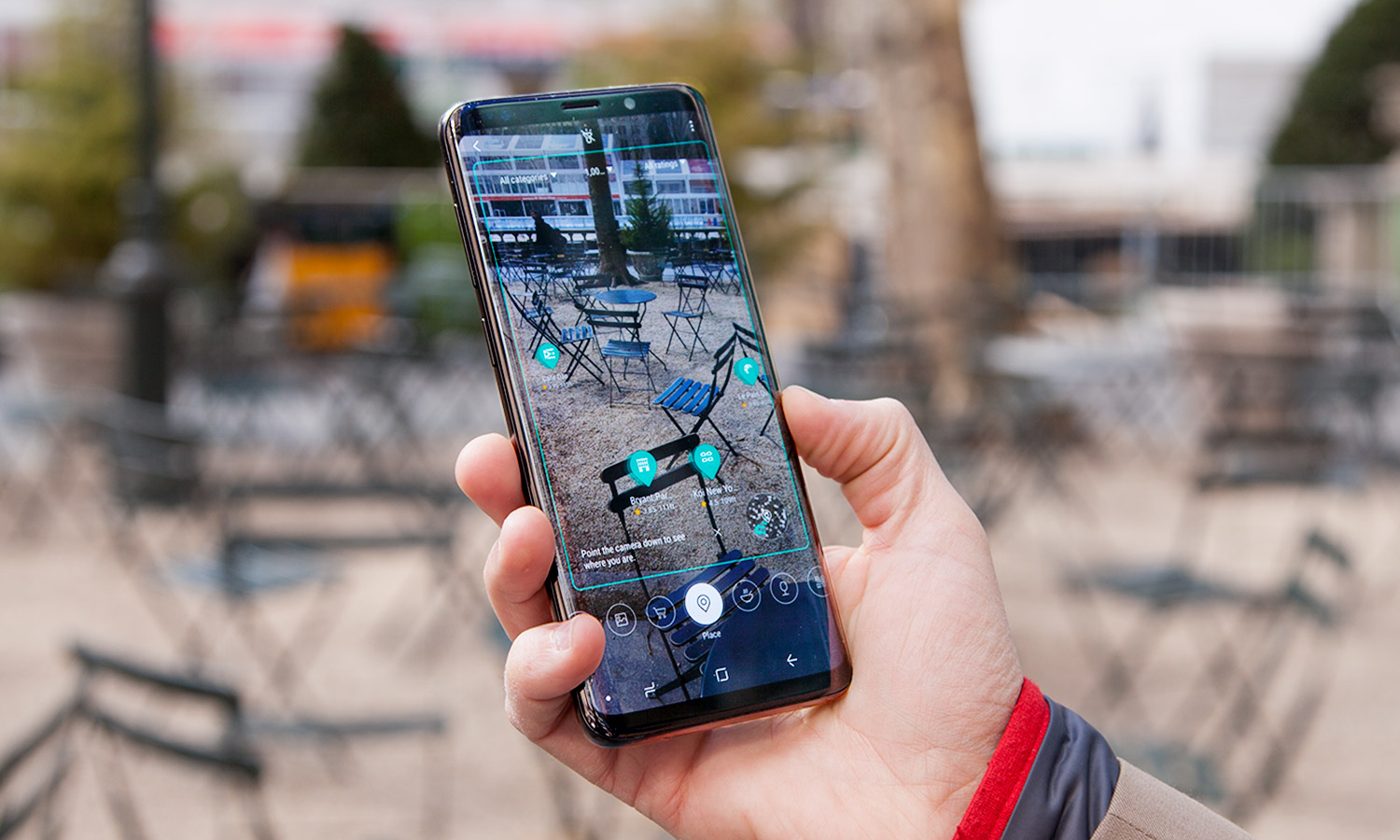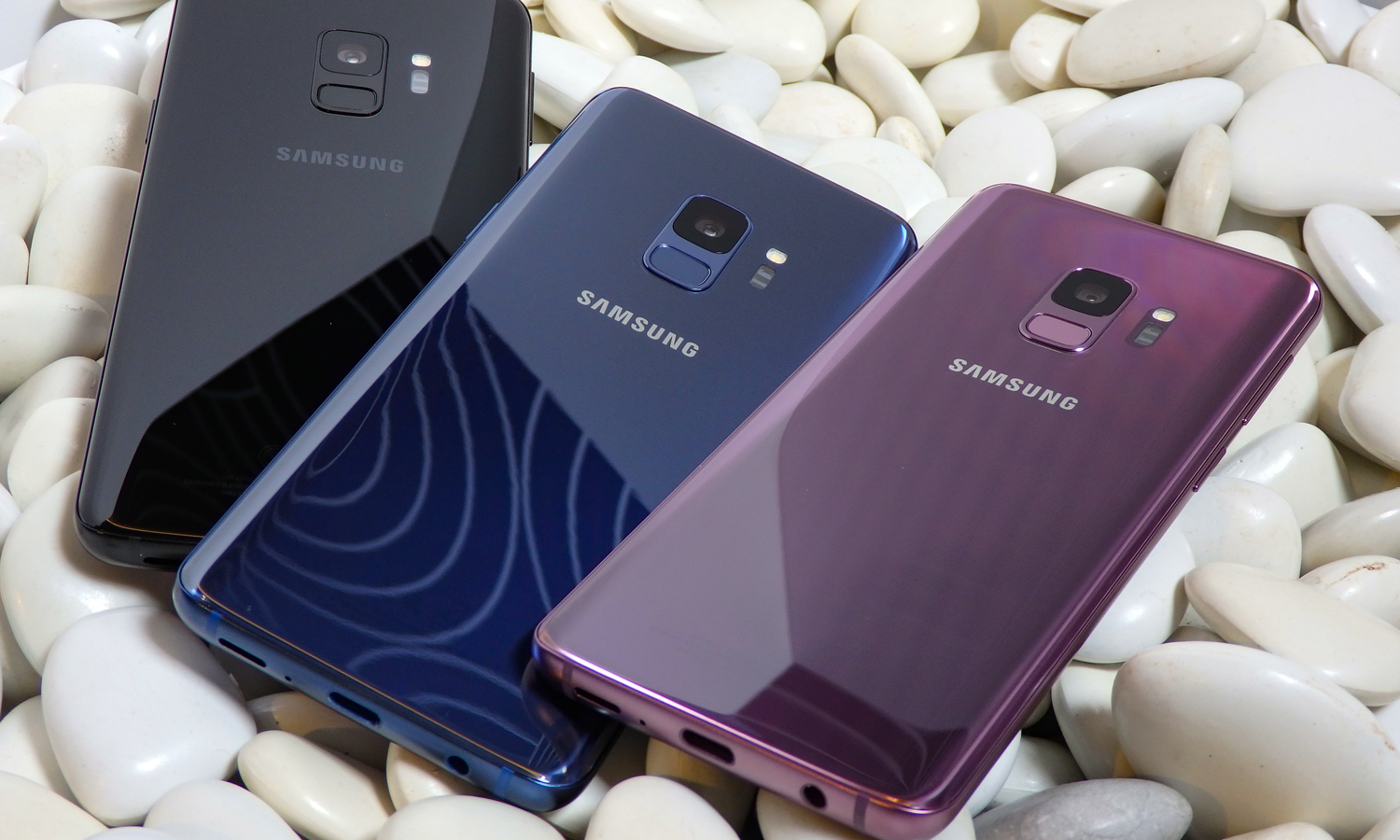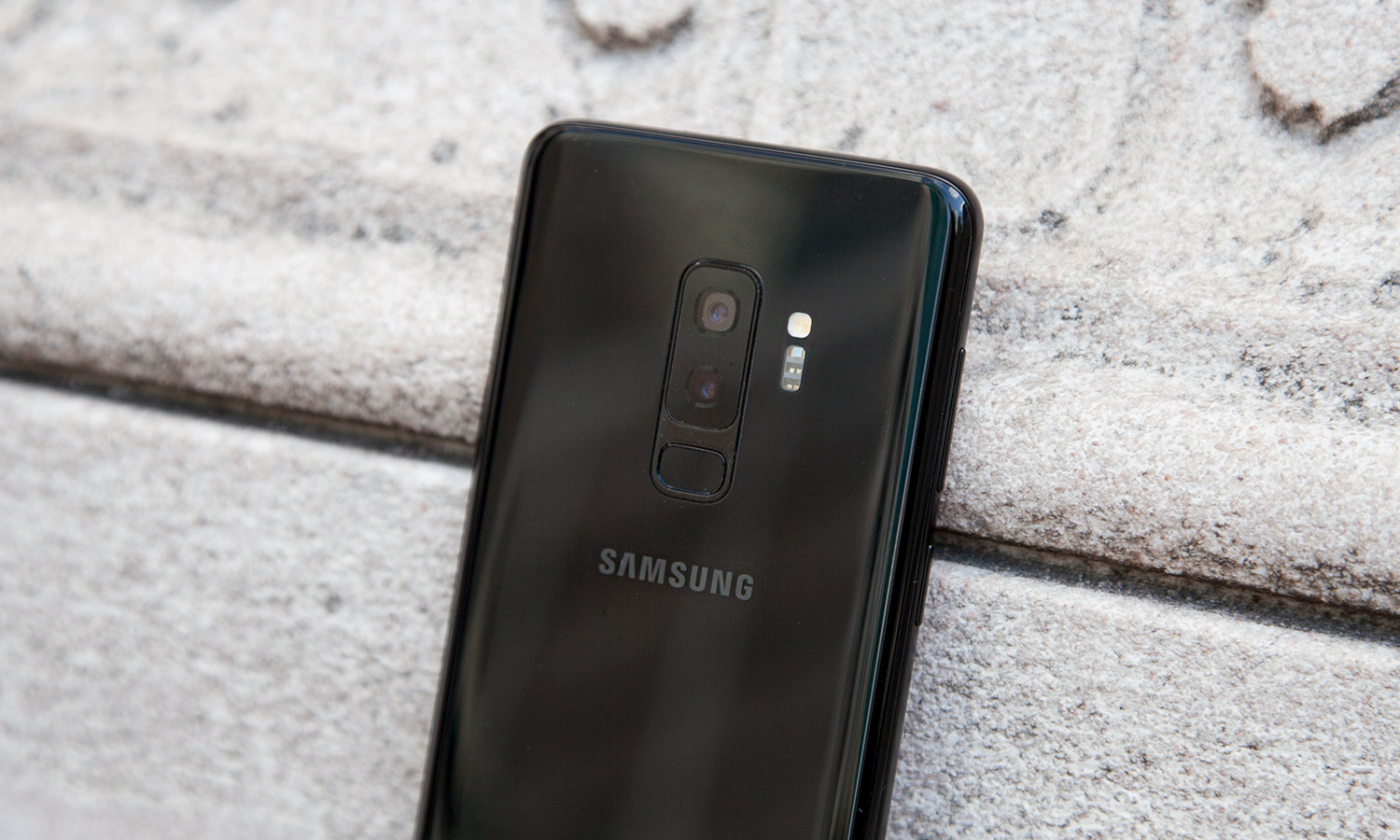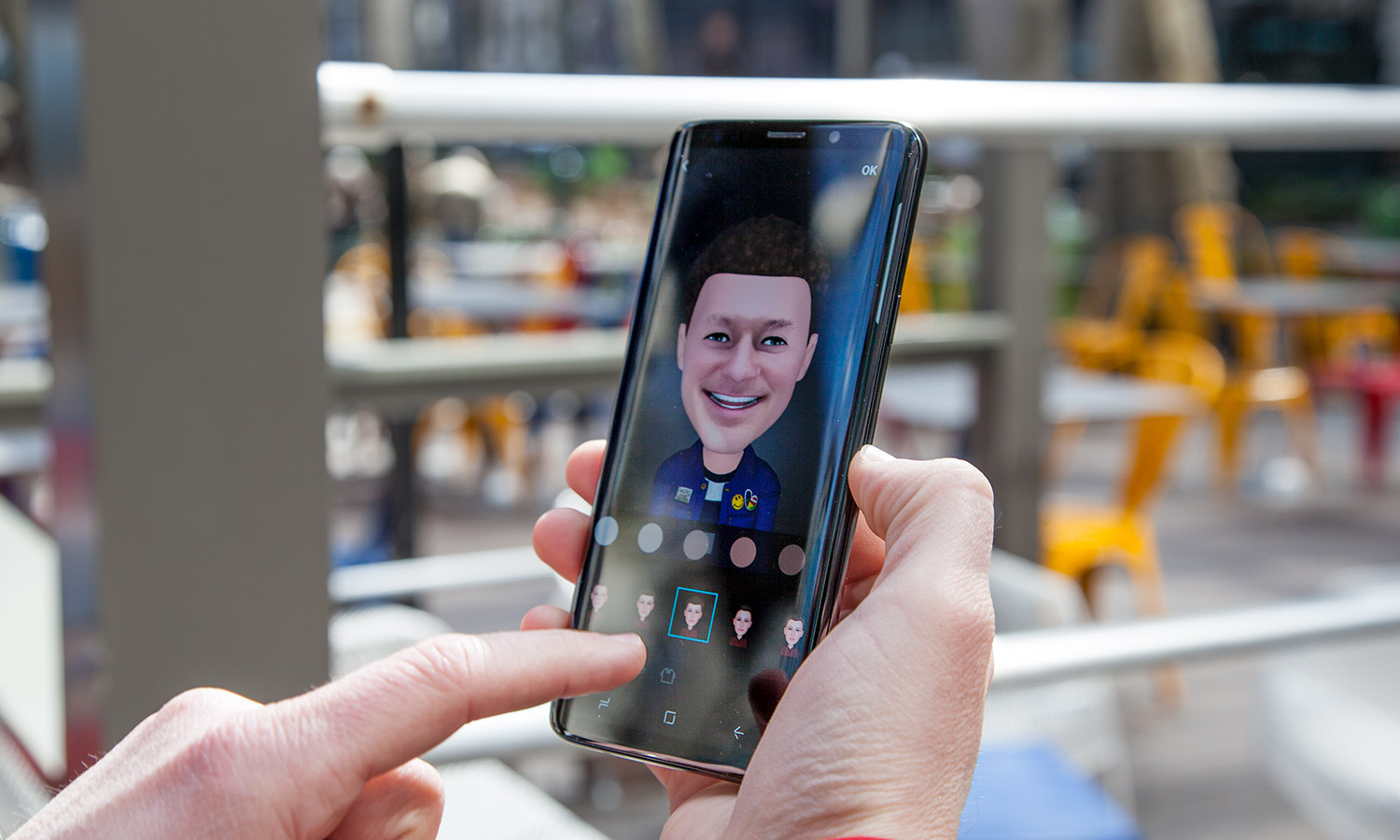Galaxy S10 Preview: What Samsung Needs to Win
Samsung played it safe with the Galaxy S9. Here's how we're hoping the Galaxy S10 is different in 2019.
Historically, Samsung has always demonstrated an eagerness to innovate — at least where its phones are concerned. And that makes it all the more strange that the Galaxy S9 released last spring ended up being so infuriatingly decent.

It's not that the S9 was a bad phone — far from it. But after the full-screen revolution the South Korean tech giant set in motion with the Galaxy S8 in 2017, the S9 felt like a half-hearted attempt at a follow-up. Samsung seemed to rest on its laurels, which didn't pay off as its bread-and-butter flagship struggled to match the retail success of its predecessors.
Thankfully, everything we know about the Galaxy S10 indicates Samsung's next flagship will at least be markedly different from the smartphone that preceded it. Samsung has reportedly developed new technologies to wrap the display around the front-facing camera; it's adding a whole bunch of lenses to the front and back to punch up the phone's photography and it's stashing the fingerprint sensor inside its screen like so many Chinese phone makers figured out how to six months ago.
It's go time for Samsung. If history is a reliable guide, we'll get our first look at the S10 — in all its two, or three or possibly even four forms — before the end of February at Mobile World Congress in Barcelona. And when we do, here's what we're hoping we'll see:
A fresh design
When it comes to design, Samsung's falling behind the pack and running out of road. One day we'll no doubt look back on the Galaxy S8 as one of those legendary designs that changed the trajectory of the industry, much like the iPhone 4 did earlier in the decade. But life moves fast in tech, and in smartphones, especially. And Samsung has to keep the pedal pressed to the floor.

Nobody likes notches, but they're a necessary stopgap on our way to the bezel-free future everyone wants. Some of Samsung's competitors have brazenly embraced them, and the ones who haven't found clever ways around them, like with motorized cameras and sliding display panels. (Xiaomi's Mi Mix 3 is the latest example of the latter approach.) Samsung chose neither path with the Galaxy S9, and paid the price by being almost immediately forgotten once more interesting devices came along.
Get instant access to breaking news, the hottest reviews, great deals and helpful tips.
By pretty much everyone's estimation, Samsung will release the Galaxy S10 with a radical new approach to the notch, taking the shape of a hole near the top of the screen for the front-facing camera. It will be divisive, but that's OK — so was the notch, and so is just about everything phone makers have pumped out over the last year in the name of progress.
But why stop there? The head of Samsung's mobile division, DJ Koh, said the company's next flagship would be offered in "amazing colors." Huawei has experimented with mesmerizing gradients and strange materials, like its vinyl-seeming hyper optical glass on the Mate 20 Pro. Not all of those risks paid off, but you can't knock the hustle.
MORE: Samsung Galaxy S10 Rumors: Release Date, Specs, and More
And while Apple figured out how to curve its display drivers to cut the bottom bezel out of the iPhone X, Android phone makers strangely haven’t been able to pull off that trick yet. Perhaps Samsung should try — as a leading supplier of OLED panels, it might be the only one who can.
Class-leading cameras
Nobody would dispute the notion that the camera has become one of the defining features of any high-end phone, and to its credit, Samsung's lent some pretty impressive shooters to its handsets over the years. But it's also had its lunch eaten by Google, Apple and even Huawei when it comes to imaging in recent generations.

We regularly conduct camera comparisons between all the top flagships, and each has its own claim to fame. The iPhone XS is usually the best for capturing shallow depth-of-field portraits, thanks to its telephoto lens. The Pixel 3 is a tour de force that sometimes underexposes shots, though Google's recently released Night Sight mode has almost completely stamped out that issue. And Huawei's Mate 20 Pro has more than enough AI modes to suit any photo op.
And the Galaxy S9? Well, it tends to blow out shots the competition doesn't, Samsung's Live Focus mode often yields appallingly bad bokeh and while the Note 9 especially is very good in low light, Google and Huawei's night modes have it licked. When the stars align, Samsung's phones may impress, but they'd never be your first choice anymore.
MORE: Google's Night Sight Camera Tested: Shockingly Good
That needs to change with the S10, and computational photography is how. Google's clever algorithms are able to turn the least favorable lighting into serviceable shots. Today, software separates good phone cameras from bad ones — not tons of megapixels, marginally larger apertures or slightly faster image sensors. If Samsung understands that, it may be able to close the gap.
Respect for software
Right now, Samsung sells you a phone, and then immediately forgets about you. Delayed or nonexistent software updates have long been the bane of any Galaxy user's existence, and the situation is no better today. Consider that Android 9 Pie has been available since August on certain handsets from Google, Sony, Huawei and Nokia, and is still nowhere to be found on any of Samsung's flagships.

With Oreo, Google introduced Project Treble — an initiative to hasten the update process for OEMs by separating the core Android framework from the front ends most manufacturers employ. It hasn't yielded adoption rates that would make Apple sweat, but it has definitely helped things — for everyone but Samsung, that is. Even the Essential Phone got its Pie release before Google's Pixels, and that startup must be working with a skeleton crew at this point.
It's an attitude that Samsung must change, especially if it intends to demand upward of a grand for a rumored 10th anniversary Galaxy S10, and that exotic foldable phone its been teasing for so long.
Fortunately, there's an excellent opportunity on the horizon for Samsung to turn things around. In January, the S9 duo should receive their long-awaited Pie update, alongside a new Android skin called One UI. The interface has been designed to be friendlier to larger displays by eliminating clutter and putting interactive elements within reach, closer to the bottom of the screen.
But if Samsung is really intent on improving its user experience, it will imitate its competitors and institute quicker updates, as well as longer windows of support. Google now commits to three years of new Android versions for its phones. Again, it’s not the eternity of backing iPhones get, but it's better than nothing.
Real leadership
Apple takes a notoriously long time to add new features, be it wireless charging or LTE. But when it gets around to them, Apple usually does it right, and its implementation is typically more thoughtful.
Samsung, though, is different — it likes to be first. And the world needs both the wait-and-see types and the early adopters. Unfortunately for Samsung, being first is a thankless job. You're less likely to be remembered for being the first if the product is seriously flawed. Apple didn't invent the notch; Essential beat it to the market by several months, but "Essential copycat" isn’t a phrase that gets tossed around often.

We hope the Galaxy S10 marks the return of the Samsung that takes risks. The inclusion of an in-display fingerprint sensor would be nice, and will probably make it into at least the 6.1- and 6.4-inch variants of the phone that have been rumored thus far. But again, Huawei and OnePlus have already pulled that feature off, so Samsung will have to find another avenue to lead on. Likewise, Apple has already planted its flag on secure facial recognition.
However, Samsung very well could be the first to something else entirely: 5G. The company has already announced partnerships with Verizon and AT&T to release 5G compatible phones in mid-2019. AT&T has confirmed its handset is the same device Verizon is launching, fueling speculation that the product in question is actually the highly anticipated 10th anniversary model of the Galaxy S10 that's been churning around the rumor mill lately.
A special edition S10 with 5G support could be the boost the company needs to reaffirm its legacy as an innovator in the mobile space. And some reports claim this particular variant could go a few steps further, with a gargantuan 6.7-inch display, as many as six camera lenses across the front and back and up to 12 GB of RAM. If Samsung can pull off all of that without leaving the humble headphone jack behind, naysayers won't have a case to argue.
Outlook
The Galaxy S10 will probably be the first device with Qualcomm's next-gen Snapdragon 855 processor, at least in the U.S.. It will likely have an Infinity-O display that will take some getting used to, improved cameras and if we're really lucky, it'll charge faster and last longer, too.
But those additions are really just table stakes. That was the approach the company opted for with the S9, and it didn't inspire customers to update. If all the S10 does is catch up to what everyone else has already done, the new phone will be hopeless before the first unit ships. Samsung needs to build something others want to copy, and now might just be one of its last chances to make that happen.
Adam Ismail is a staff writer at Jalopnik and previously worked on Tom's Guide covering smartphones, car tech and gaming. His love for all things mobile began with the original Motorola Droid; since then he’s owned a variety of Android and iOS-powered handsets, refusing to stay loyal to one platform. His work has also appeared on Digital Trends and GTPlanet. When he’s not fiddling with the latest devices, he’s at an indie pop show, recording a podcast or playing Sega Dreamcast.
-
shawndugout13 Now that's an unfair jab regarding the updates comparison. Comparing Essential who only sold less than 90,000 units in half a year and is folding up the tent, to Samsung who sold over 1.6 billion units world wide in 2016 alone. Humm..I guess it doesn't take a genius to figure out which is easier to manage. Thousands of one crap device, or billions of multiple device throughout the world...?? That's ok. I get it. Just make a point anyway you can without mentioning any honest variables. Now, for the rest of the story...??Reply
